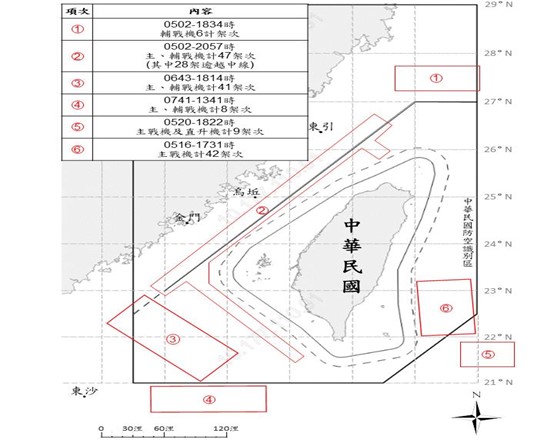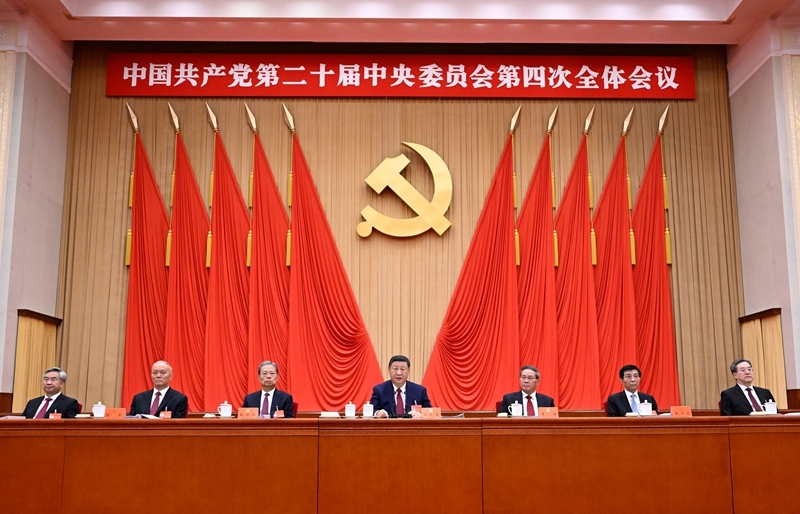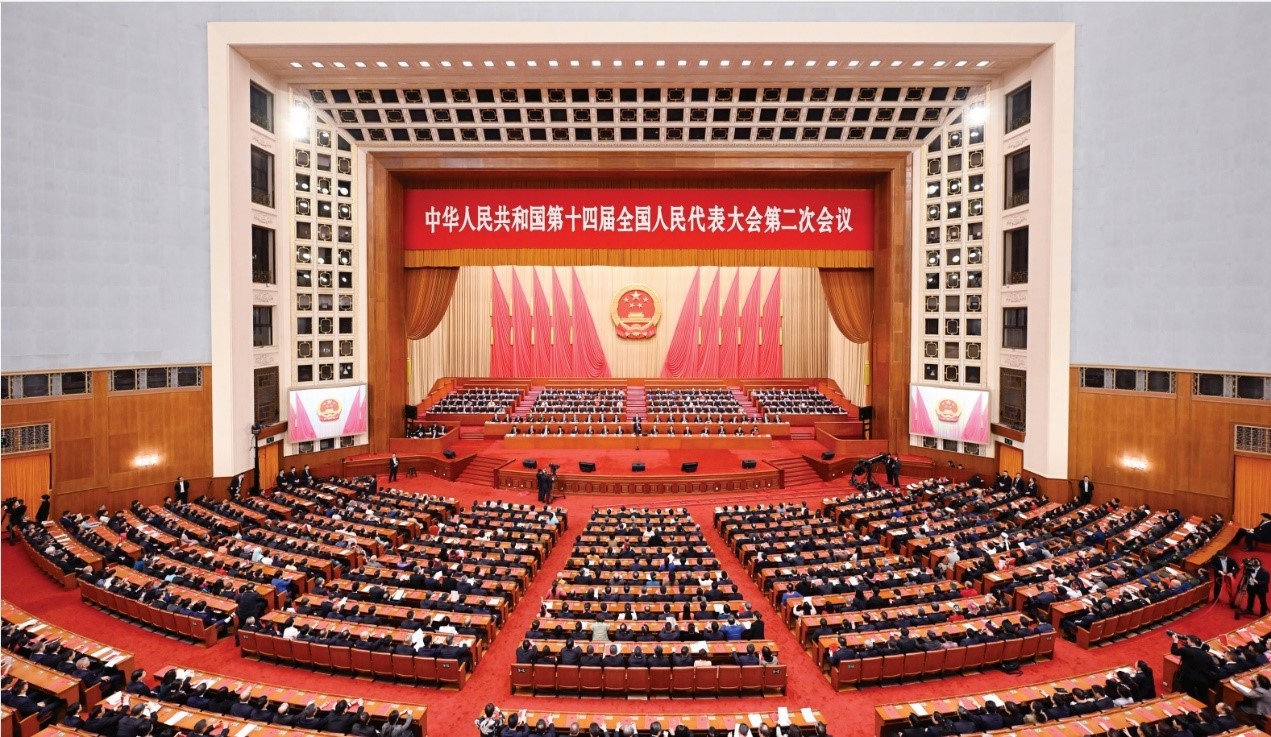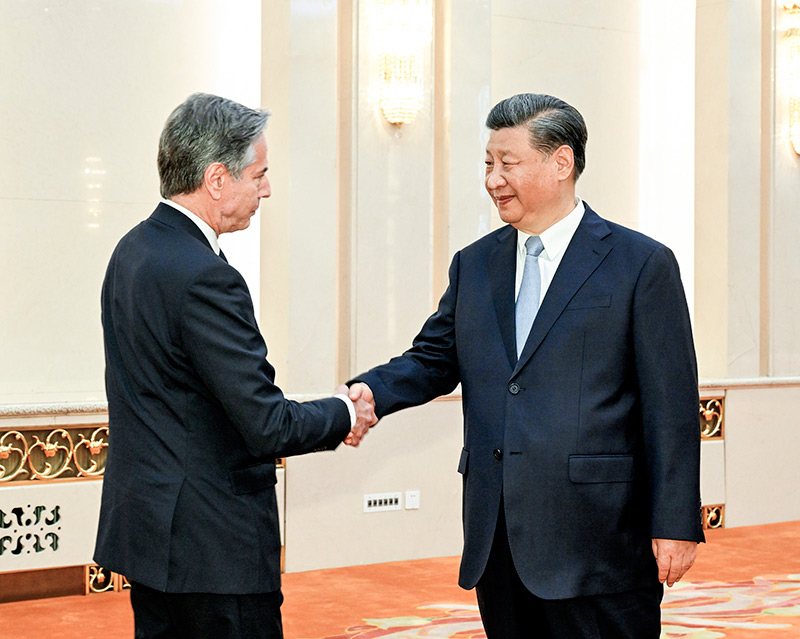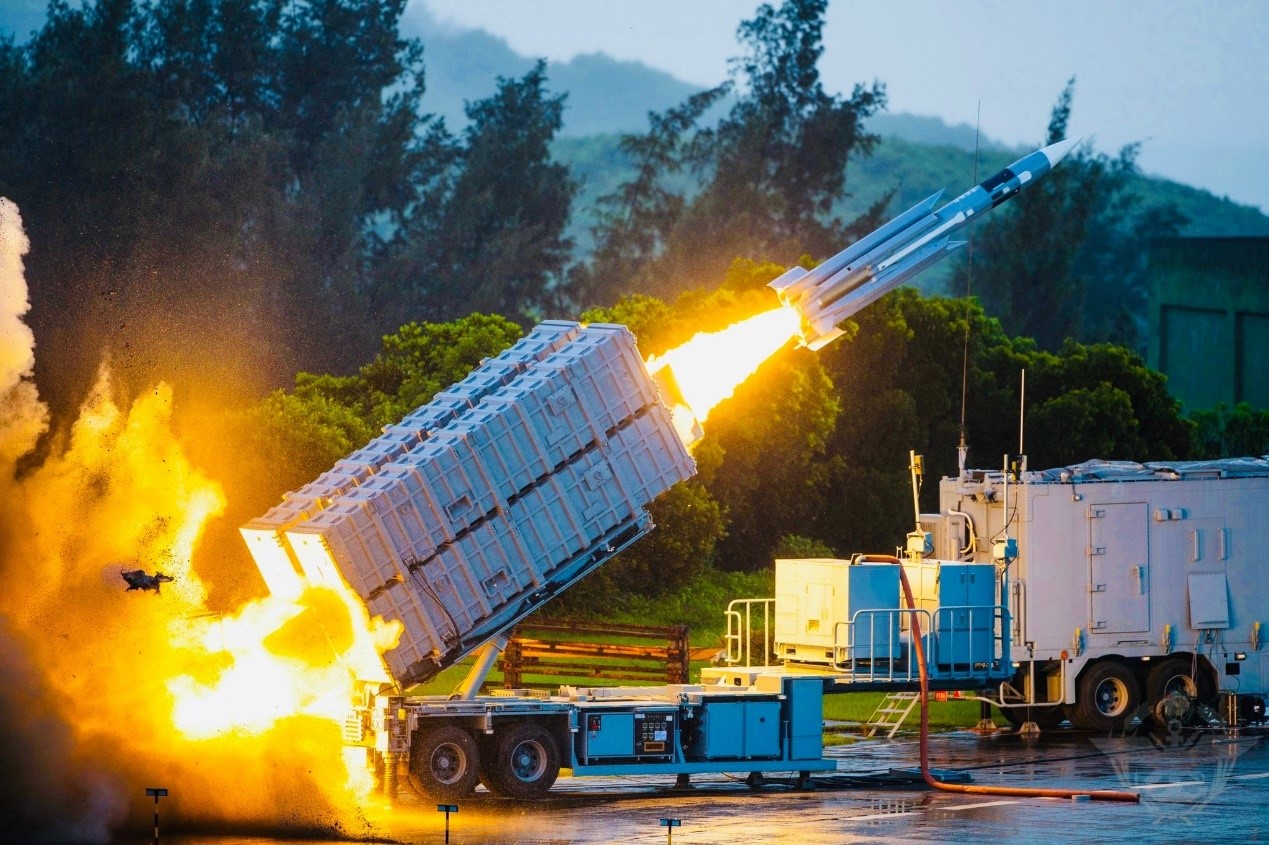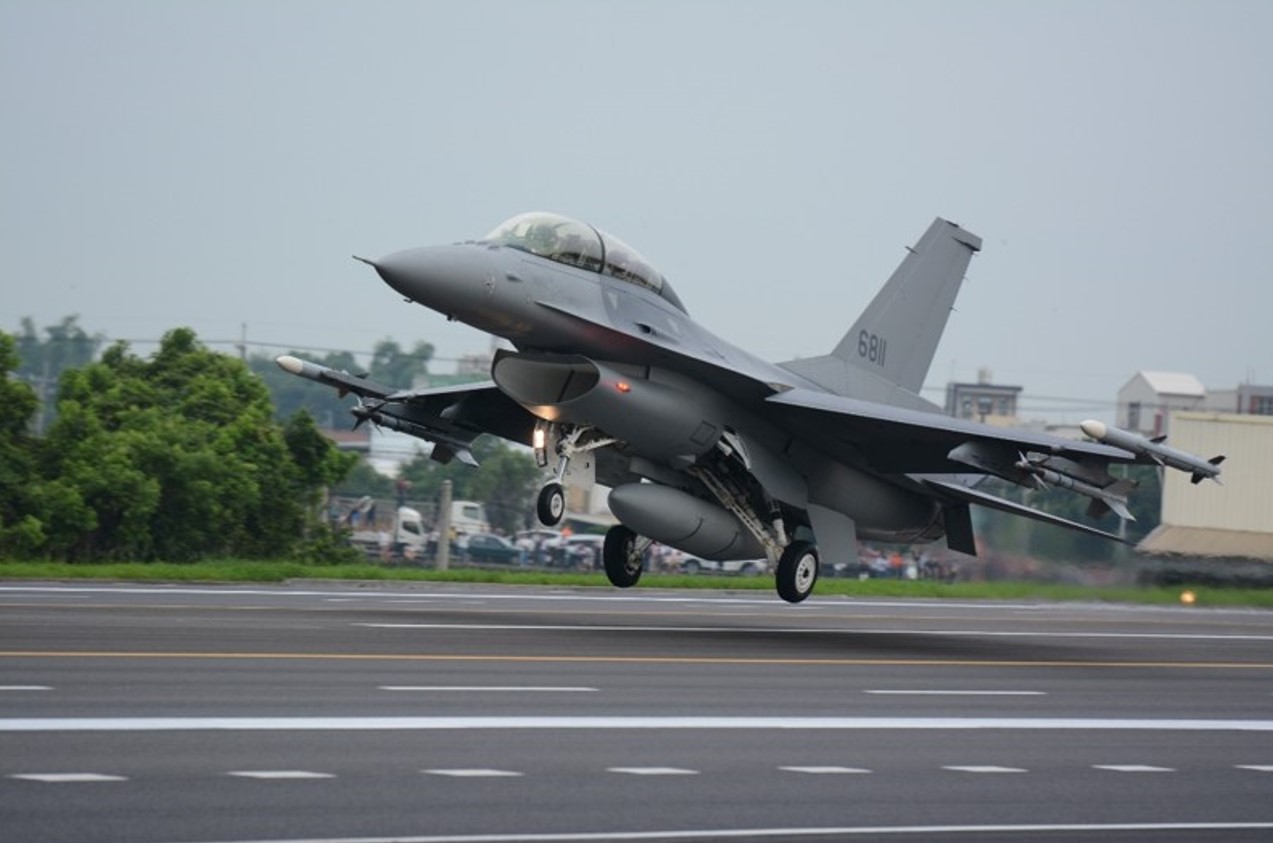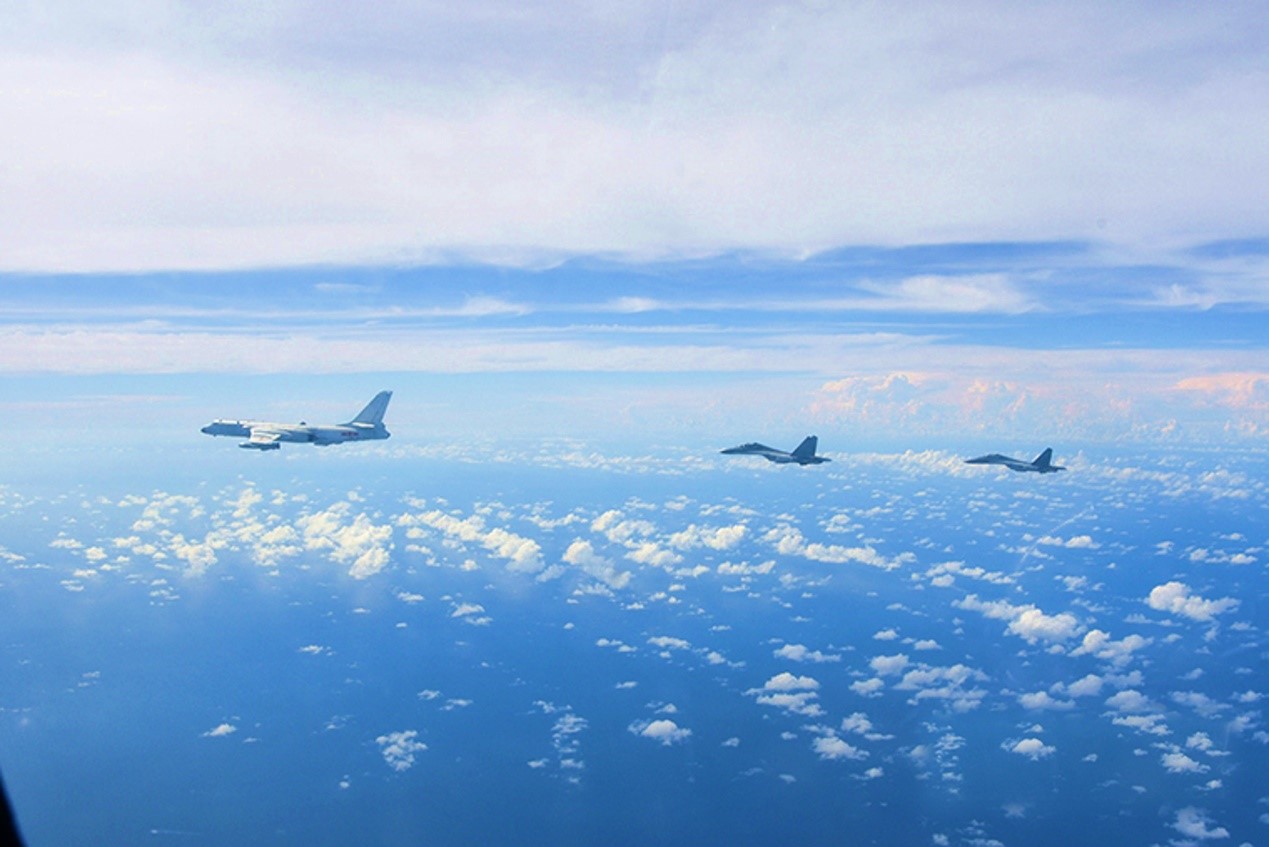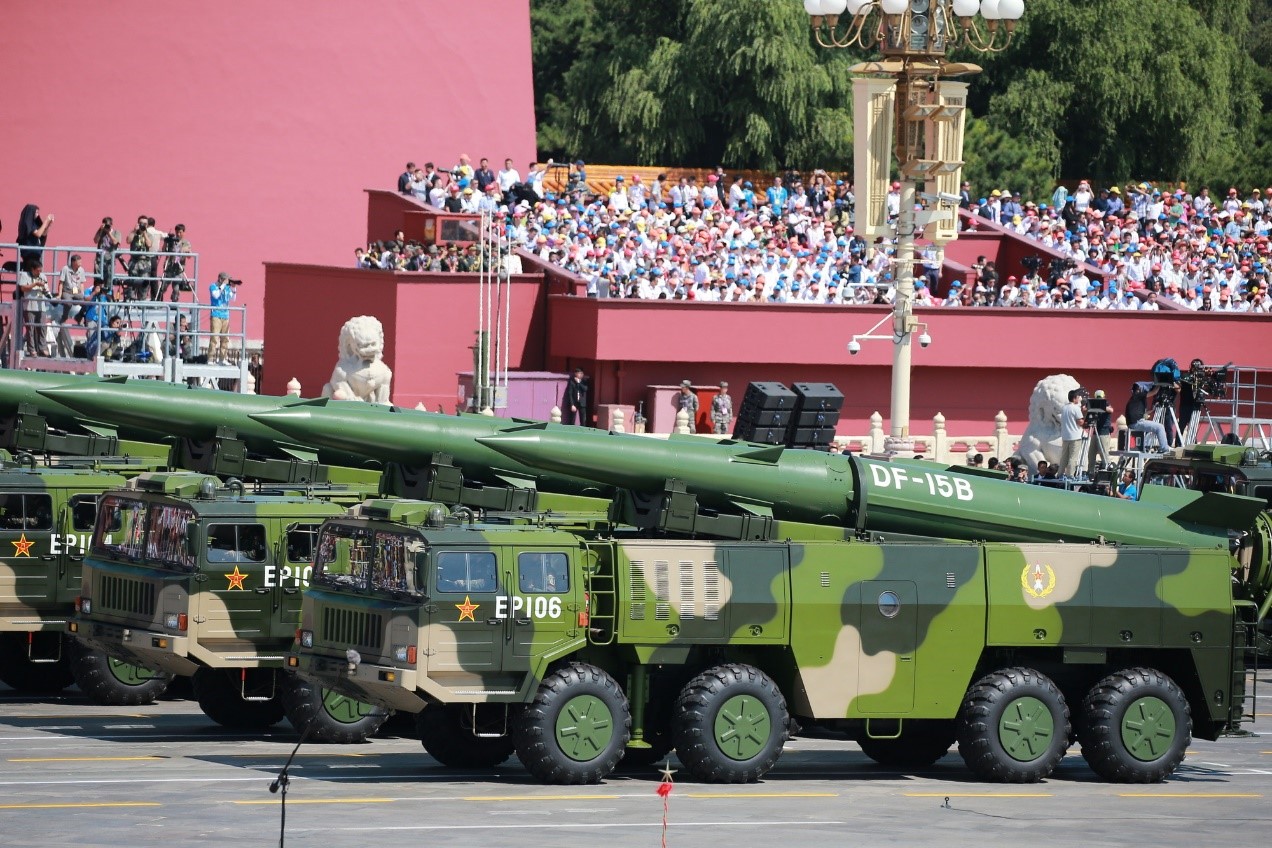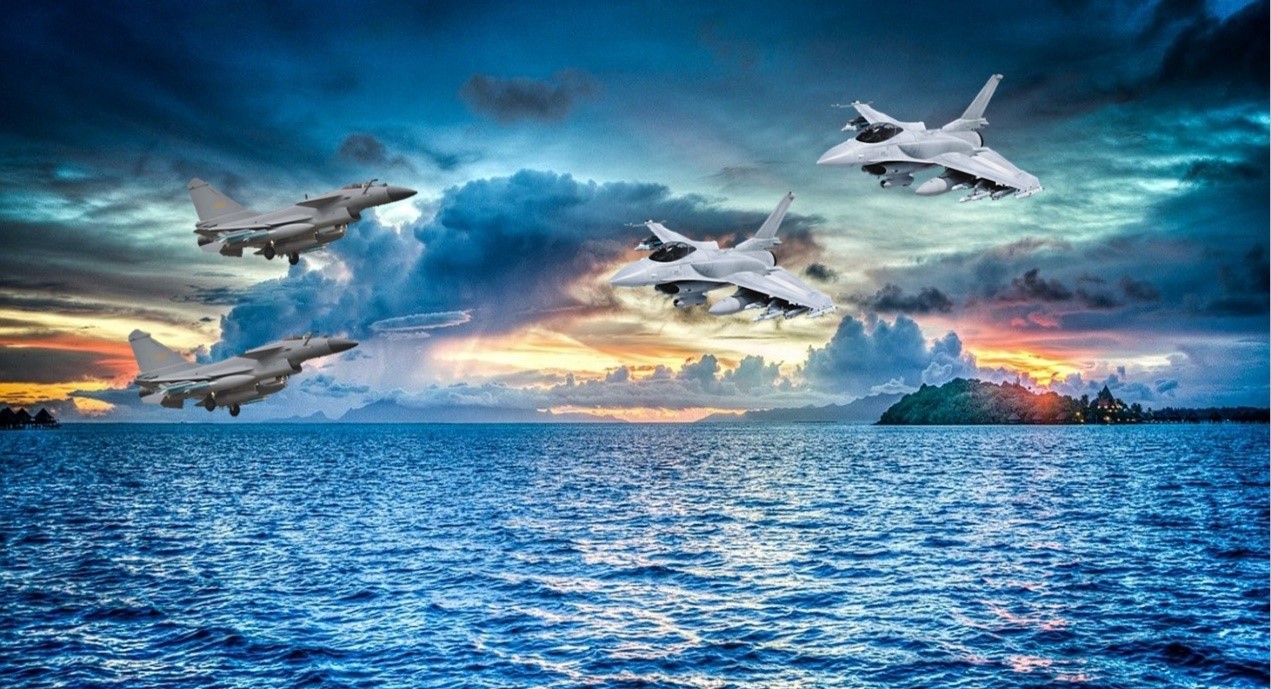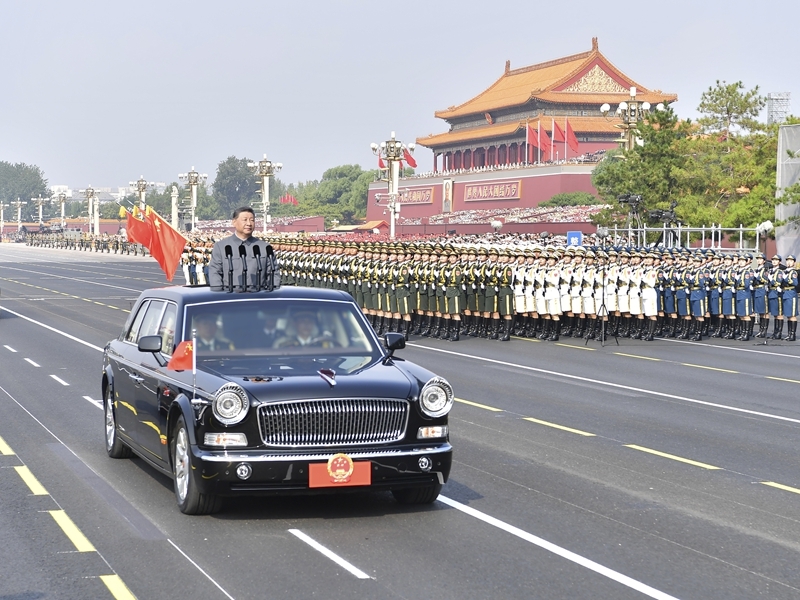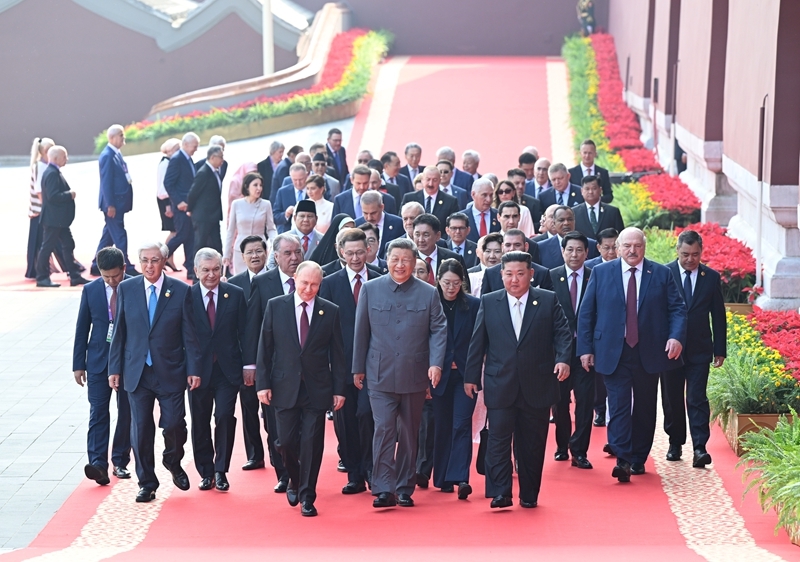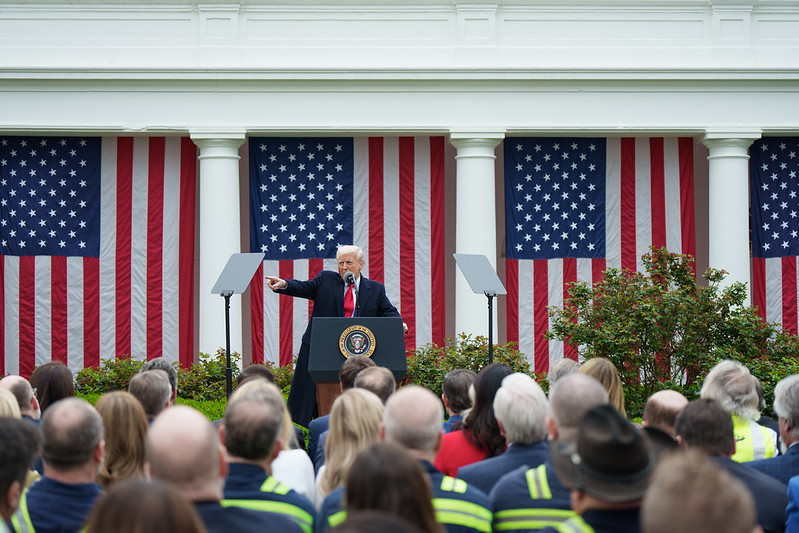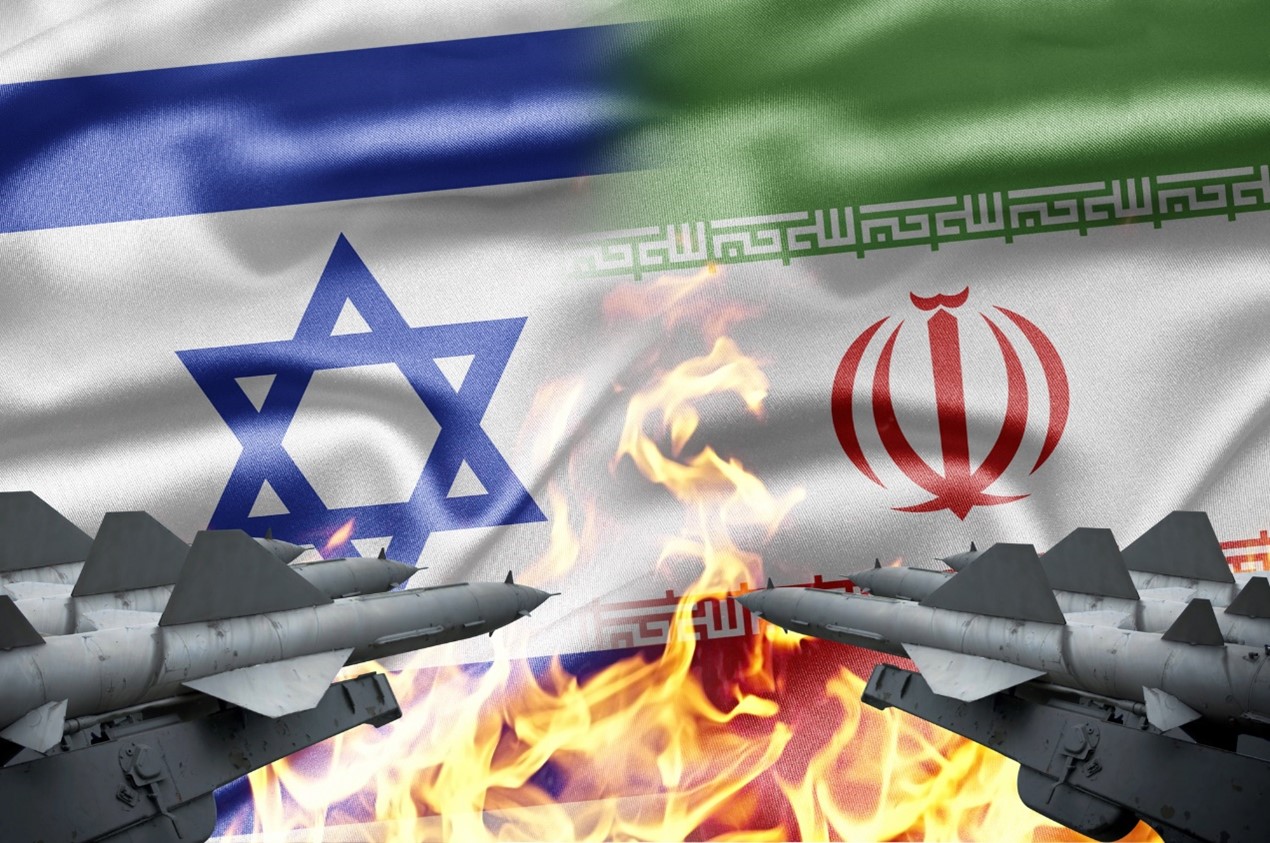Four Major PLA Exercises Around Taiwan Since 2022: Significance and Possible Future Trends
There have been four major PLA exercises around Taiwan since 2022. These are often seen as coinciding with important political events in Taiwan, especially when it involves American and Taiwanese political leaders. Picture source: Ministry of National Defense, R.O.C., October 15, 2024, Air Force, R.O.C., https://air.mnd.gov.tw/TW/News/News_Detail.aspx?CID=213&ID=57536.
Prospects & Perspectives No. 68
Four Major PLA Exercises Around Taiwan Since 2022:
Significance and Possible Future Trends
By Riley Walters
Defense and security experts will be closely watching the Indo-Pacific for the next several months. With a new Trump administration set to begin in less than two months, there are concerns that Russia, North Korea, or the People’s Republic of China (PRC) may try and test the Biden administration’s lame-duck government or the incoming Trump administration.
PRC military activity around Taiwan continues to be an increasing concern for the U.S. and its partners in the region. People’s Liberation Army (PLA) activity has continued to increase around Taiwan, the Philippines, and Japan at a regular pace for the last several years.
Large-scale military exercises by the PLA from 2022 also appear to be becoming more regular. A common trend in the exercises is to show the PLA’s ability to surround the Taiwan. It is possible that another large-scale PLA exercise could happen either before the end of 2024 or in early 2025. But predicting when the next exercise could take place is difficult. Past exercises have often coincided with the PRC’s political interest in undermining Taiwan’s democracy and diplomatic efforts.
The reelection of former president Donald Trump could also change Beijing’s decision to provoke what is already expected to be a U.S. administration very critical of U.S.-China relations. Already, there appears to be less daily PLA activity around Taiwan since the U.S. presidential election in early November.
Recent PLA Activity Increasing
There have been four major PLA exercises around Taiwan since 2022. These are often seen as coinciding with important political events in Taiwan, especially when it involves American and Taiwanese political leaders.
The first exercise was in August 2022 and coincided with then-Speaker of the U.S. House of Representatives Nancy Pelosi’s trip to Taiwan. Over a four-day period, dozens of PLA aircraft and vessels practiced daily arounds Taiwan, including crossing into Taiwan’s air-defense identification zone and firing missiles around the island — also provoking neighboring Japan. This event may be seen as an overreaction by Beijing to Pelosi’s visit to Taiwan. But daily PLA activity around Taiwan has remained relatively high since then.
The second exercise was in April 2023 and followed then-president Tsai Ing-wen’s visit to New York and California where she met with then-Speaker of the House of Representatives Kevin McCarthy. This is considered to be the inaugural Joint Sword exercise, including the expanded participation of branches of China’s military. Unlike in 2022, this show-of-force was less of a reaction and may be seen as the inception of a new normal.
The third exercise occurred in May 2024 and coincided with the inauguration of President William Lai — someone often vilified by Beijing. This was the first Joint Sword exercise of 2024, referred to as Joint Sword 2024-A.
Like previous military exercises, the PLA showed its expanding capability to circumvent Taiwan, holding exercises off the east and southeast coasts of Taiwan. A unique addition for Joint Sword 2024-A included exercises around the outlying islands of Dongyin, Kinmen, Matsu, and Wuqiu as well. One theory for this addition is that these islands were never included in the 1955 mutual defense treaty between the U.S. and Taiwan and therefore may continue to be excluded from U.S. strategic planning — an area of possible exploitation for Beijing.
Finally, the fourth exercise, Joint Sword 2024-B, was held in October 2024 and coincided with the anniversary of the founding of the Republic of China (ROC). Again, the PLA, through a combination of its military services and coast guard, exercised around the island of Taiwan. The areas of exercise both overlapped with and expanded beyond some of the areas of exercise used in the 2022 and Joint Sword 2024-A exercises. A new record was set with 153 PLA aircraft used in a single day. Unlike previous exercises, there was no indication when these exercises would end.
There are some who believe a Joint Sword 2024-C or Joint Sword 2025-A could take place in the next few months. If so, this would likely mimic past exercises with drills and live-fires around the island of Taiwan — especially to the northeast and southwest, with some activity to the east and west as well. Activity around the islands of Dongyin, Matsu, and Wuqiu should also be expected.
Daily PLA activity should also give some indication of how future PLA exercise could expand to include new capabilities. Already the integration of its coast guard into the Joint Sword exercises further demonstrates that China’s coast guard is less for civilian use and a part of the PLA Navy. The PLA has also been increasing its use of drones and balloons in its daily exercises. Drones will occasionally be used to fly around the eastern side of Taiwan. Some drones were used in the Joint Sword exercises and will likely continue to be used.
2025 to 2027
For U.S. strategic planners, many are looking at the 2027 “Davidson window” as the next major development in PLA capabilities. However, recent PLA exercises and possible exercises over the next couple of years should not be ignored. The Joint Sword exercises have shown the PLA’s interests in testing not just PRC and Taiwanese response and capabilities but exploring new areas for exploitation — such as increasing activity around Taiwan’s smaller islands or simulating a quarantine or blockade. Any future Joint Sword exercise will likely incorporate at least one new component — whether it is a capability like drones or balloons or whether its drills or no-fly zones in an area not practiced in.
While many of these exercises coincide with Taiwan’s own political events — in an attempt to undermine Taiwan’s democracy and society, and Taiwan’s engagement with international partners — ironically these exercises are drawing greater international attention to Taiwan. There is greater consideration in the U.S. and Japan for the security of Taiwan than there was maybe 10 years ago. Whether more exercises will expedite American and Japanese strategic planning around Taiwan or not, the PLA activity around Taiwan has already encouraged more planning by the U.S., Japan, and others.
Finally, the reelection of former president Trump complicates Beijing’s decision to continue its boiling frog strategy around Taiwan. U.S.-China relations are going to become increasingly competitive over the next several years, especially in the areas of trade, technology, and economics. Beijing may not wish to provoke a new Trump administration by having large military exercises around Taiwan soon. It may also want to hold off on any exercises until it has a better idea of the Trump administration’s policy towards China and Taiwan.
If perhaps the Trump administration accepts most or all of the US$15 billion weapons package that Taiwan is reportedly preparing to ask for, then we may see Beijing protest by holding another large military exercise. Either way, these PLA exercises are becoming increasingly regular and Beijing is ready to use them whenever it feels necessary to send a political signal.
(Riley Walters is a senior fellow at Hudson Institute and a non-resident senior fellow at the Global Taiwan Institute.)


